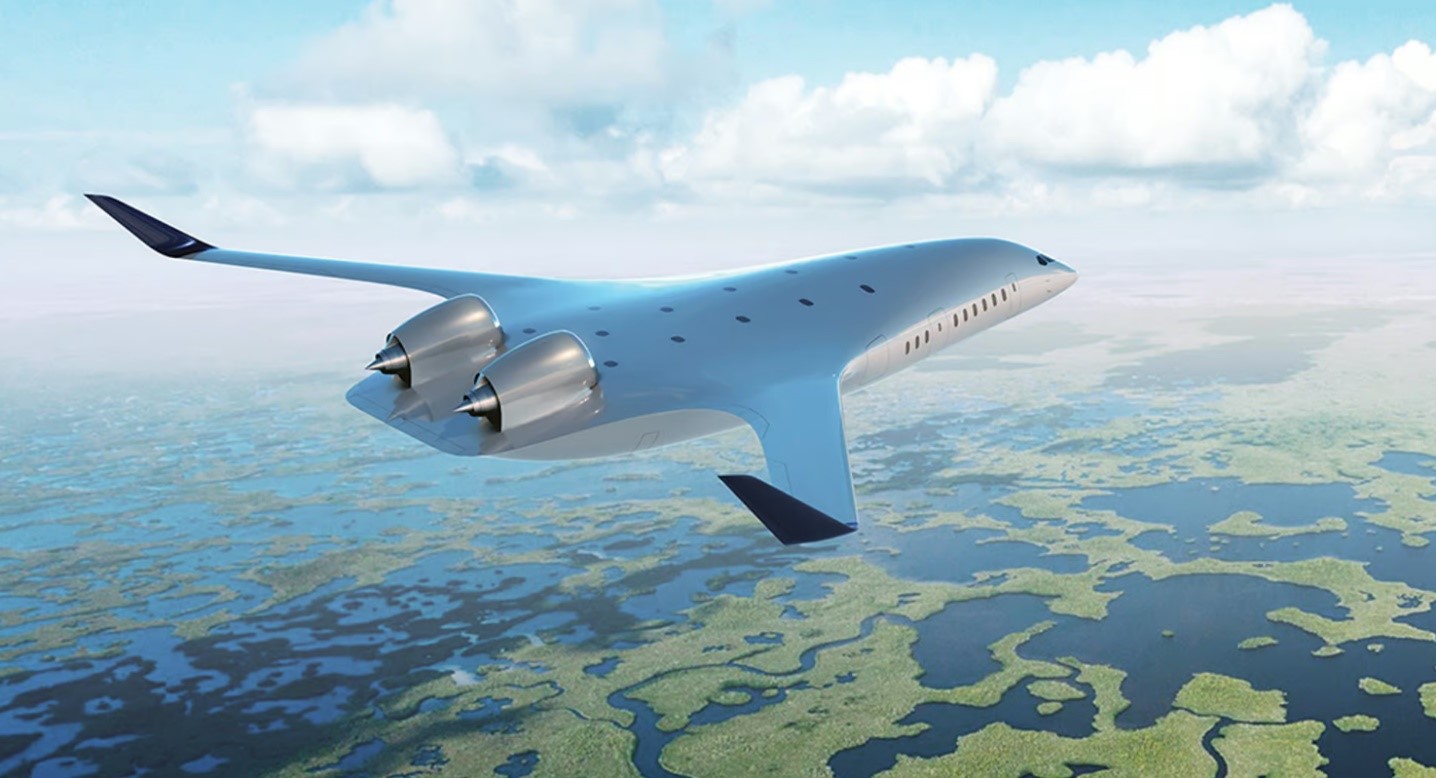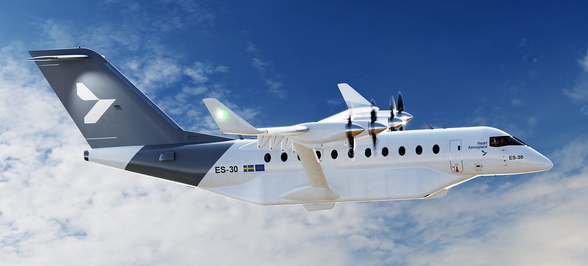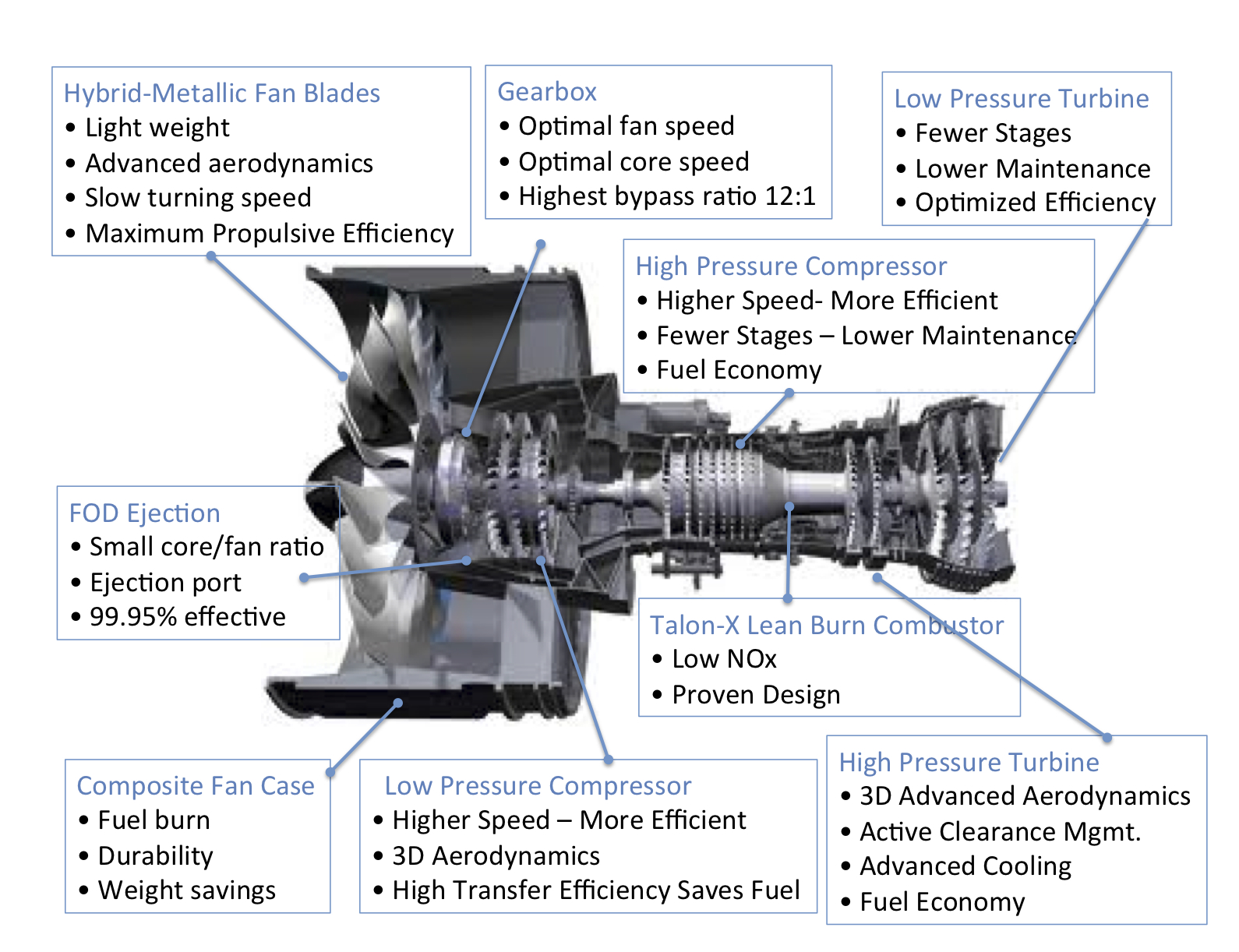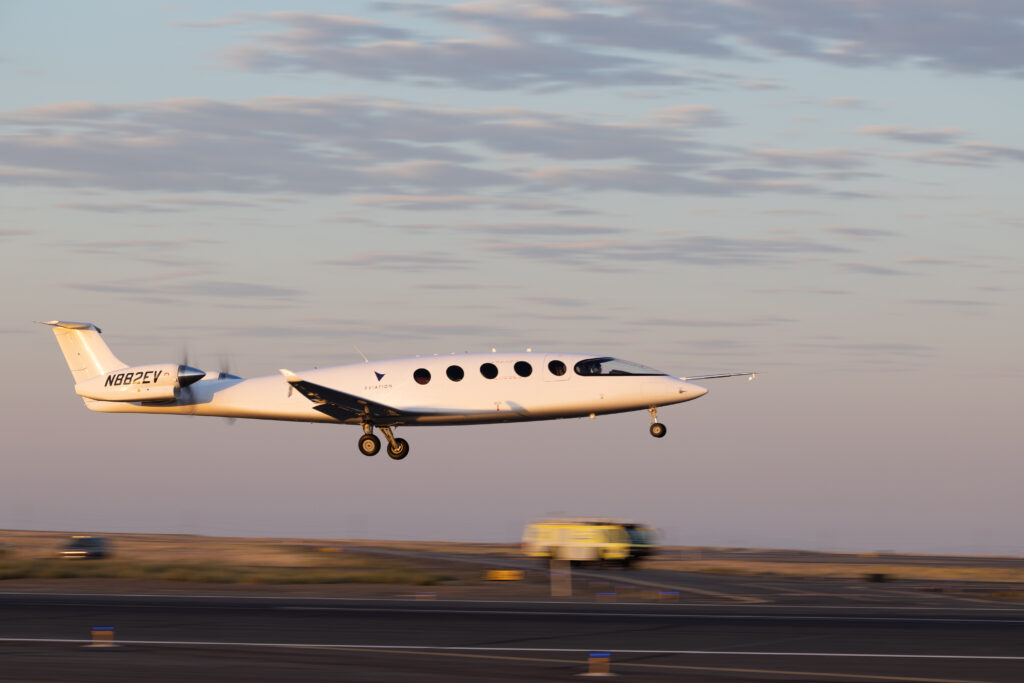Leeham News and Analysis
There's more to real news than a news release.
Bjorn’s Corner: New aircraft technologies. Part 14. Airframe for lower friction drag
May 26, 2023, ©. Leeham News: This is a summary of the article Part 14P. Airframe for lower friction drag. The article discusses in detail a Blended Wing Body (BWB) type airframe and how it reduces the wetted area and, thus, air friction drag compared to a conventional tube and wing airframe.
Bjorn’s Corner: New aircraft technologies. Part 14P. Airframe for lower friction drag
Subscription required
By Bjorn Fehrm
May 26, 2023, ©. Leeham News: This is a complementary article to Part 14. Airframe for lower friction drag. It discusses in detail the Blended Wing Body (BWB) type of airframe that shall reduce the airframe wetted area and thus air friction drag.
The Small Airliner Problem, Part 5
Subscription required
By Bjorn Fehrm
May 18, 2023, © Leeham News: In our series about the viability of the business plans for small airliners (nine to 50 seats), we have covered how energy/fuel consumption, maintenance, and airway/airport fees scales with the size of the airliner.
The cost factor we now examine is the crew cost, where especially the flight crew cost development is troublesome, as pilots changed jobs during the COVID lull or retired early. When air traffic now rebounds, the lack of pilots drives wages and thus costs to new record levels.
Summary:
- The availability of flight crews is a major problem in the US market. It will spread to other geographies as air traffic picks up after COVID-19.
- The scaling of crew costs per transported passenger is unfavorable for smaller aircraft.
The Small Airliner Problem, Part 4
Subscription required
By Bjorn Fehrm
May 11, 2023, © Leeham News: In our series about the viability of the business plans for small airliners (nine to 50 seats), we have covered how energy/fuel consumption and maintenance scales with the size of the airliner.
The cost factor we examine today is the cost of using the airport and airways infrastructure. Airlines pay for landing plus parking at airports and for using their passenger facilities. The airlines also pay for using the Air Traffic Control (ATC) infrastructure when flying the routes.
Each airport and national airway system have their own fee structures. We check how these scale with aircraft size.
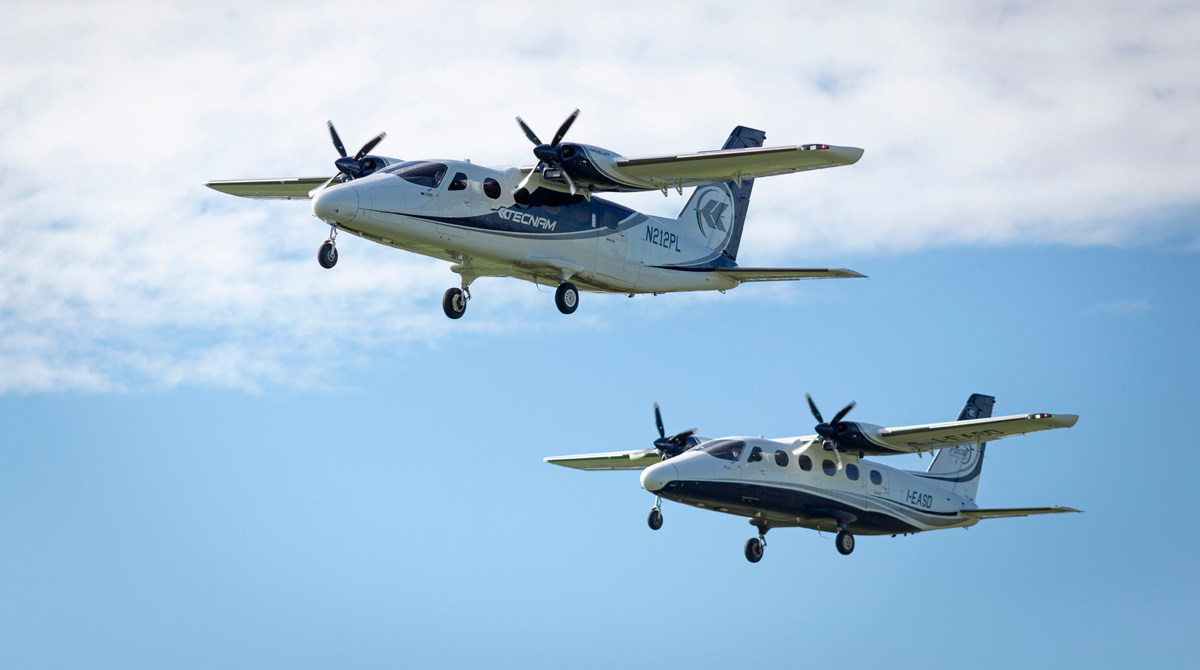
Figure 1. The TECNAM P2021 piston prop airliner is also offered in an electric version called P-Volt. Source: TECNAM.
Summary:
- Airway fees scale differently per transported passenger to the airport fees.
- Overall, airport and airway fees are not proportional to carried passengers on a route.
The Small Airliner Problem, Part 3
Subscription required
By Bjorn Fehrm
May 4, 2023, © Leeham News: In our series about the viability of the business plans for small airliners (nine to 50 seats), we have covered how energy and fuel consumption scales with the size of the airliner.
The cost factor we examine today is the maintenance cost for keeping an airliner fit for purpose and safe.
We use the Leeham aircraft performance and cost model to get the data for the maintenance costs for airliners going from nine to 200 seats.
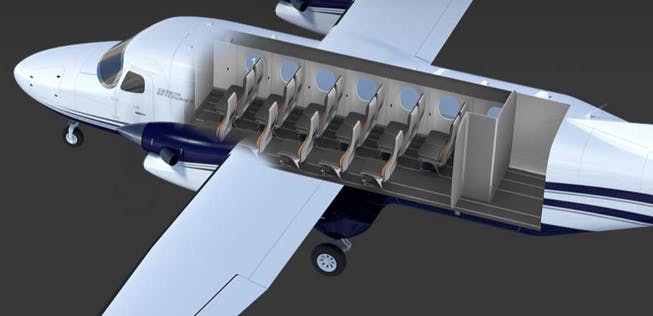
Figure 1. The Cessna Sky Courier is a new 19-seat small airliner with conventional propulsion. Source: Textron Aviation.
Summary:
- The maintenance costs of an airliner scale differently from the energy and fuel consumption we studied last week.
- We discuss the scaling metrics for the airframe maintenance costs and how these differ from what drives engine maintenance costs.
Bjorn’s Corner: New aircraft technologies. Part 10. Engine choice
April 28, 2023, ©. Leeham News: This is a summary of the article New aircraft technologies. Part 10P. Engine choice. The article discusses the engine architecture choices that must be made when developing the next-generation airliners.
The Small Airliner problem, Part 2
Subscription required
By Bjorn Fehrm
April 27, 2023, © Leeham News: We started a series about the viability of the business plans for small airliners (nine to 50 seats) last week in the light of a continuing decline of regional airlines in the US and Europe.
To understand whether fundamentals are stacked against small airliners, we look at operational cost factors and how these scale with aircraft size. Then we add the revenue and yield and discuss the conditions for viable business plans for different size aircraft.
This week we use the Leeham airliner performance and cost model to compare the airframe energy and fuel consumptions for airliners spanning nine to 200 seats.
Summary:
- On an airframe energy level, a smaller airliner consumes more energy per transported passenger than a larger one.
- If we change the metric to propulsion energy consumption, the trend is augmented as small propulsion solutions are less efficient than larger ones.
The Small Airliner Problem
Subscription required
By Bjorn Fehrm
April 20, 2023, © Leeham News: New Sustainable aircraft projects, for economical reasons, target small airliner types as first projects and then, after proving the concept, to move up in size. The number of 9-seat, 19-seat, and 30- to 50-seat upstarts announced over the last years must be in the hundreds.
They all claim major advances in environmentally friendly propulsion and that their first aircraft have viable business models. In their business plans, there are elaborate explanations why local air services will flourish through the introduction of small, environmentally friendly aircraft.
The reality is another. The airliner size, where more than 100 aircraft per year are delivered, is 200 seats increasing, and sales below 50 seats have slowed to a trickle. ATRs, the leading supplier of airliners below 70 seats, delivered five 50-seater turboprops during 2022 out of a total of 29. The 50-seater model stayed at around 10% of deliveries between 2014 to 2019 before COVID, when total production was 70 to 80 turboprops per year.
There are economic reasons for these low numbers, and these are not changing for the better. We will explore these reasons using our airliner Performance and Cost model in a series of articles, where we compare operational costs for 9-, 19- and 50-seaters to the larger aircraft.
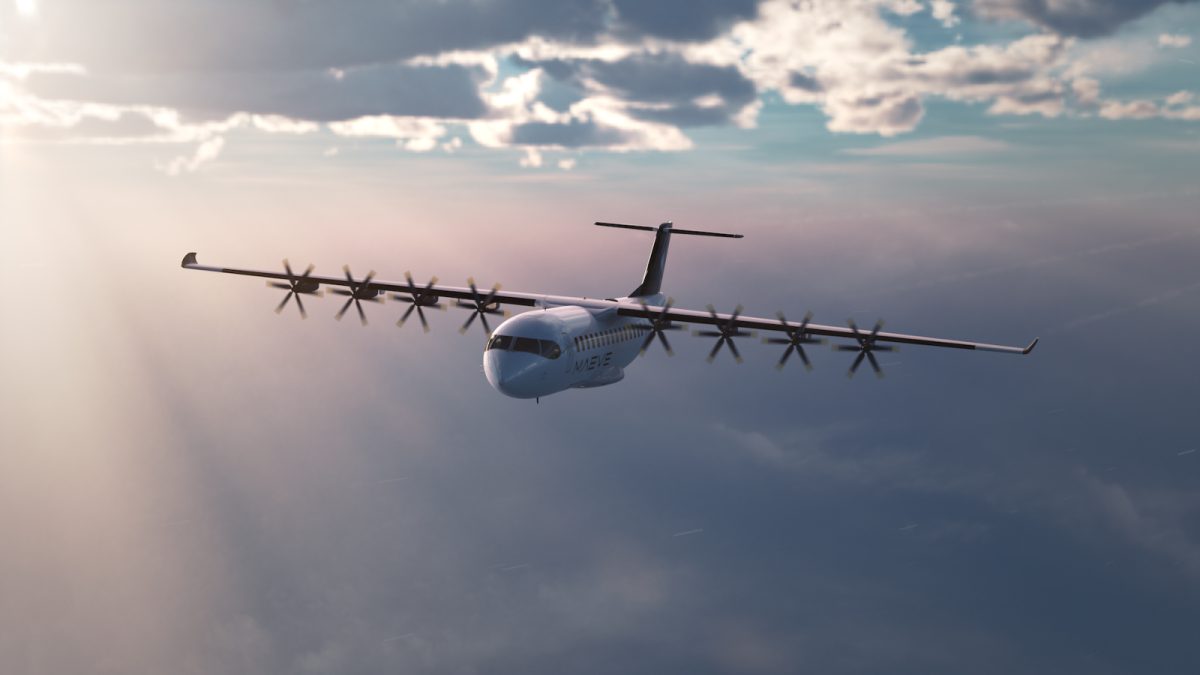
Figure 1. The latest small airliner project from Maeve Aerospace. A 50-seater battery-based electric aircraft. Source: Maeve Aerospace.
Summary:
- We show the cost factors and their proportions for different airliner sizes.
- Then we look at how these factors scale with aircraft size.
The production cost trap for eVTOL upstarts
Subscription required
By Bjorn Fehrm
April 13, 2023, © Leeham News: Last week, we gave the example of a new propulsion principle 30-seat airliner as a project that would face the liquidity strain of initial production costs. We continue today with a look at the leading eVTOL projects, where development costs are passing $1bn and growing.
What will be the cash burn before these projects generate positive cash flow from serial production sales and services? We use our production cost model to analyze the situation.
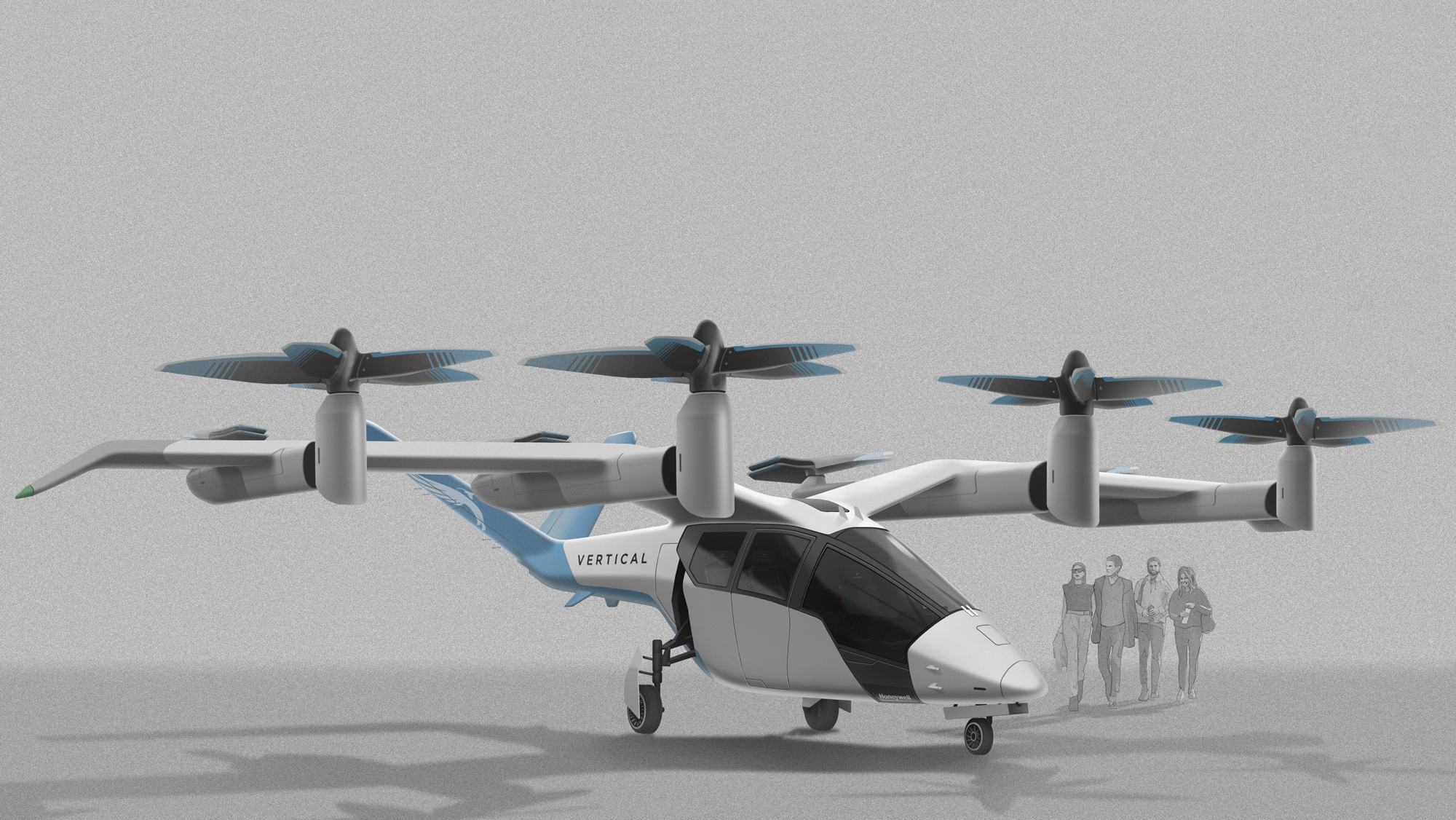
Figure 1. Our generic eVTOL uses an early rendering of the Vertical VX4 as an illustration. Source: Vertical Aerospace.
Summary:
- VTOL projects promise early payback of invested capital.
- Our production cost model says otherwise.


